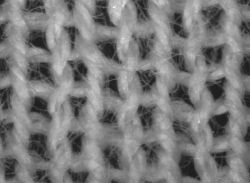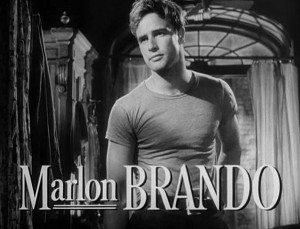 T-shirt is a style of fabric shirt, named after the letter “T” shape of the body and sleeves. It is normally associated with short sleeves, a round neck line known as a “crew neck”, and no collar. If we want to make a T-shirt we need to cut out the folowing parts: front, back, two sleeves and crew neck – which is a shape of stripe. Sewing two parts together is being done with an overlock sewing machine.
T-shirt is a style of fabric shirt, named after the letter “T” shape of the body and sleeves. It is normally associated with short sleeves, a round neck line known as a “crew neck”, and no collar. If we want to make a T-shirt we need to cut out the folowing parts: front, back, two sleeves and crew neck – which is a shape of stripe. Sewing two parts together is being done with an overlock sewing machine.
Usually an overlock sewing machine will cut the edges of the cloth as they are fed through, though some are made without cutters. Most overlock machines are 3-threaded but good garment manufacturers are using a 4-thread overlock machine which gives an extra strenght while retaining flexibility. After that we are going to use the 2-needle lockstitch machine for edges finishing. Usually it’s folding by 2cm and then sewing by lockstitch machine.
 All labels are sewed in with the 1-needle lockstitch macine. Some garment manufacturers are putting an extra tape on the neck which absorbs sweat. This is being done with the special double looper tape binding machine. Some T-shirts instead of crew neck standard ribb finishing have piping finishing – a type of trim consisting of a strip of folded fabric inserted into seam to define the edge. Piping is being done with the special binding machine. So we can make a T-shirt with just two sewing machines but if we want to have some more we use 3 to 5 different sewing machines.
All labels are sewed in with the 1-needle lockstitch macine. Some garment manufacturers are putting an extra tape on the neck which absorbs sweat. This is being done with the special double looper tape binding machine. Some T-shirts instead of crew neck standard ribb finishing have piping finishing – a type of trim consisting of a strip of folded fabric inserted into seam to define the edge. Piping is being done with the special binding machine. So we can make a T-shirt with just two sewing machines but if we want to have some more we use 3 to 5 different sewing machines.




